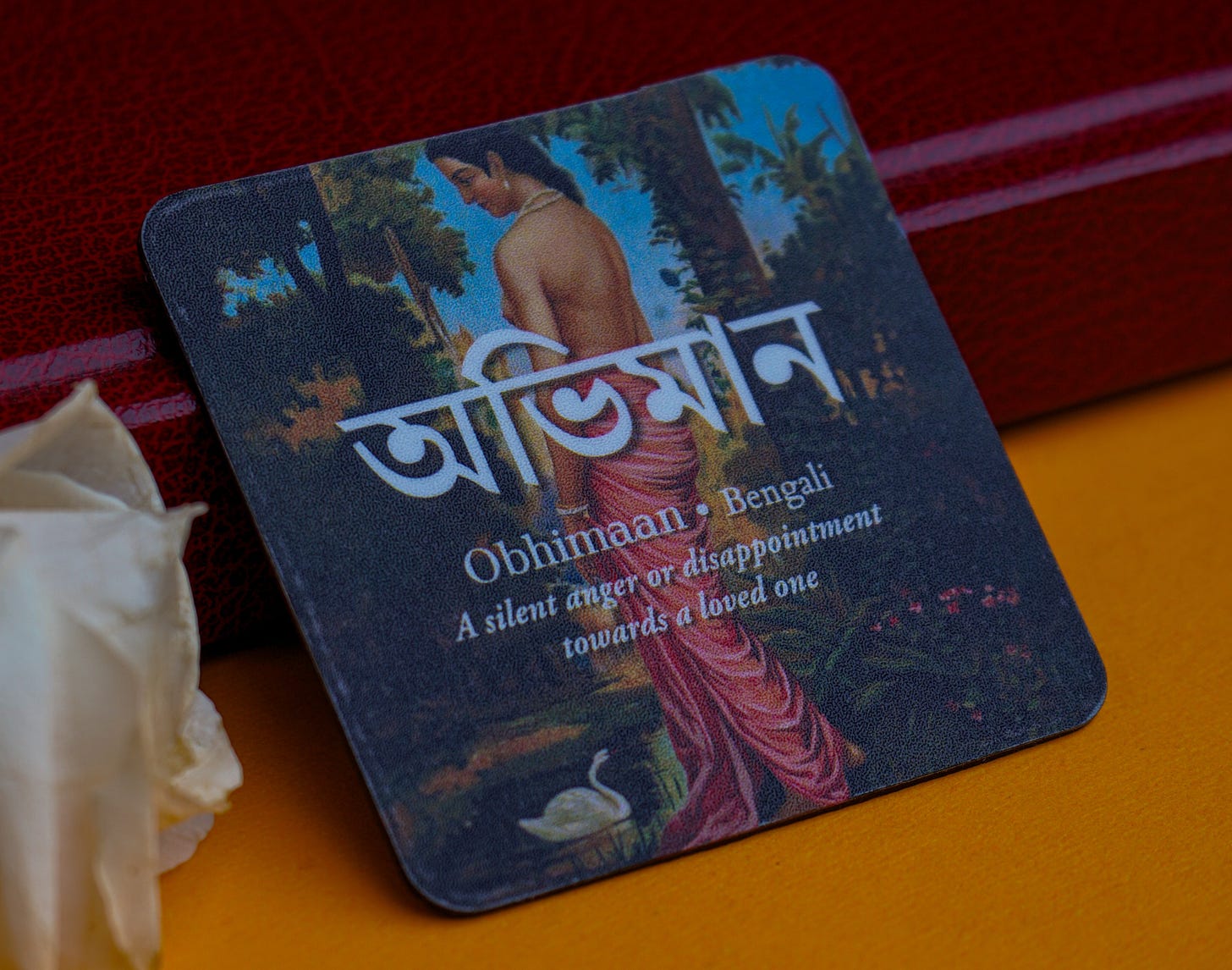Daak Weekly: The Secret Language of Art
It's not often that we gain concrete insights into the mind of an artist, that elusive figure who prefers colours to words and brushstrokes to logic. As viewers and admirers, we are frequently left to conjecture, drawing our own inferences and conclusions while projecting thoughts onto a feeling mind that shuns the constraints of language for true, unfiltered expression. For this reason, interviews or diaries of artists can sometimes be more fascinating than their works, providing us with a rare glimpse into the machinations that produce beauty and wonder without the use of words. This week we bring you the wanderings and ponderings of two such acclaimed artists, F. N. Souza and M. F. Husain.
Francis Newton Souza (1924 - 2002), often referred to as F. N. Souza or just Souza, is one of the most well-known Indian artists. Interestingly, he first caught the attention of the American art circles not through his paintings, but through an essay “Nirvana of a Maggot” first published in 955. In this essay, Souza traces the journey of a humble maggot (a euphemism for himself) as it grows and changes shape. Souza’s delightfully meandering essay takes us through his origins — a “blooming maggot on a dung heap”— to the man he has become. In between, he touches upon themes like language and expression, conflicting identities, experiments in reclusive life, and perhaps the most important question for any artist: how to authentically give voice and shape to their unique experience of life?
Another artist who expressed his philosophy and politics through his art was M. F. Husain. In 1986, the then Prime Minister Rajiv Gandhi invited four eminent artists to participate in the proceedings of the parliament as members of Rajya Sabha (Upper House of the Parliament). The “gang of four” comprised Amrita Pritam, R. K. Narayan, Pandit Ravi Shankar and M. F. Husain. While the first three participated actively in the debates and discussions, Husain stayed notoriously silent throughout the six years of his membership (1986 - 92), fervently recording his observations in the form of his characteristic pencil caricatures. However, he did not share the sketches publicly or publish them during his tenure. It was only in 1993 that he published a collection of these lively sketches under the title Sansad Upanishad. Here’s a glimpse of his sketches and his thoughts behind them.
Love,
Team Daak
Surround yourself with the beauty of unique South Asian words and expressions with these stunning fridge magnets!



